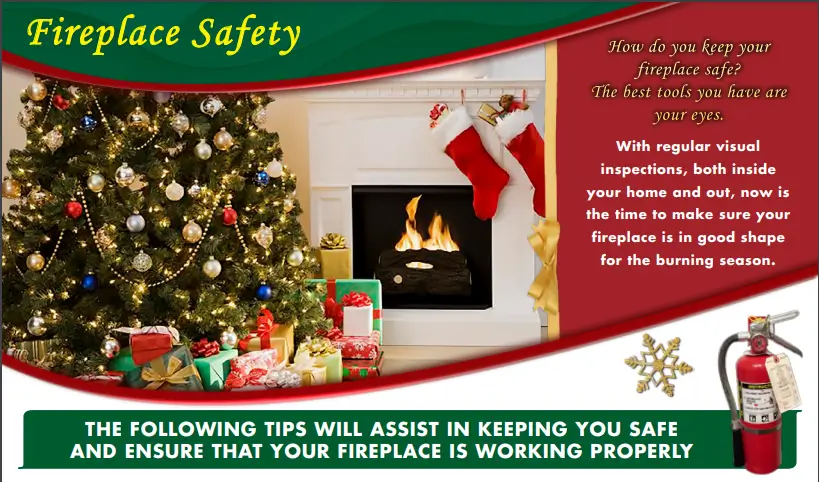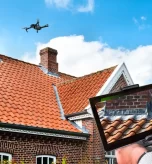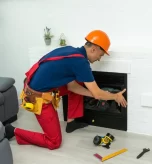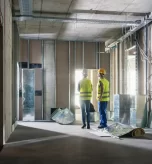Fireplaces provide warmth and comfort during colder months, but they also require regular maintenance to ensure safety. With routine visual inspections inside and outside your home, you can keep your fireplace in excellent condition for the burning season.
Read More: Foundation Retrofit Costs and Considerations
Essential Fireplace Safety Tips
Following these safety guidelines will help protect your home and ensure your fireplace operates efficiently:
- Install a Spark Arrestor
Ensure your chimney outlet is equipped with an approved spark arrestor. This device prevents hot embers from escaping the chimney and potentially igniting nearby structures. - Keep a Fire Extinguisher Nearby
Always have a fire extinguisher within reach in case of emergencies. - Never Leave a Fire Unattended
Unattended fires pose a serious risk. Always extinguish the fire before leaving the room or going to bed. - Avoid Burning Hazardous Materials
Do not burn trash, plastics, or flammable liquids, as they can release toxic fumes and increase the risk of fire. - Schedule Annual Inspections
Have your chimney and fireplace inspected and cleaned annually by a certified chimney sweep to prevent creosote buildup and structural issues. - Use the Right Fuel for Your Fireplace
Ensure your fireplace is designed for the type of fuel you are using. Burning wood in a gas log fireplace can cause damage and create safety hazards. - Maintain Safe Distances
Keep decorations, furniture, and other flammable materials at least three feet away from the fireplace. - Use a Fireplace Screen
A sturdy fireplace screen prevents embers from escaping and keeps children and pets safe. - Do Not Overload the Fireplace
Burning excessive amounts of wood at once can lead to overheating and chimney fires. Use a moderate amount of wood for a steady, controlled fire. - Ensure the Damper is Open
Always open the damper before lighting a fire to allow proper ventilation and prevent smoke from entering your home.
Read More: Understanding Affordable Home Inspection Services
Understanding Fireplace Types
There are two main types of fireplaces, each requiring specific maintenance and safety precautions:
1. Masonry Fireplaces
Built with bricks and mortar, masonry fireplaces feature a metal or clay flue liner. They are designed to burn different types of wood and may also accommodate gas logs.
2. Metal Insert Fireplaces
Factory-made metal insert fireboxes are installed within a home’s framing, with a metal flue running through the roof or exterior wall. Many of these fireplaces are specifically designed for gas logs and should not be used to burn solid fuel such as wood.
Fireplace Safety During Winter
Did you know that half of all home heating fires occur in December, January, and February? To prevent fires during peak winter months, always follow fireplace safety guidelines and perform regular maintenance. By taking these precautions, you can enjoy a warm, cozy, and safe fireplace experience throughout the season.





